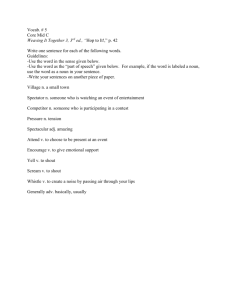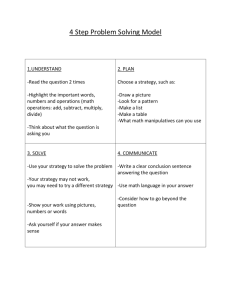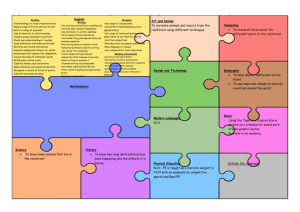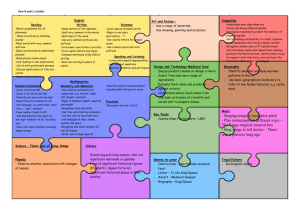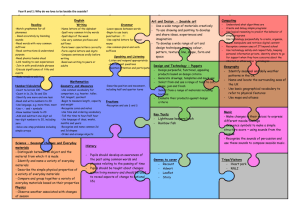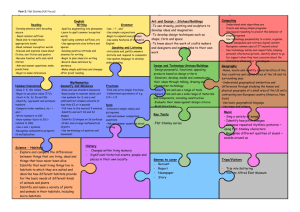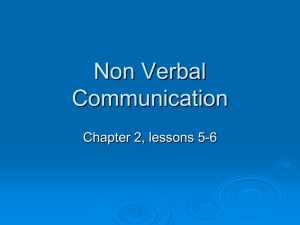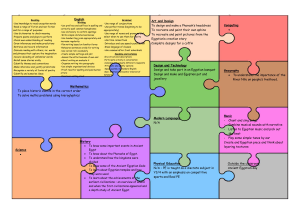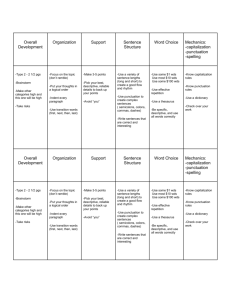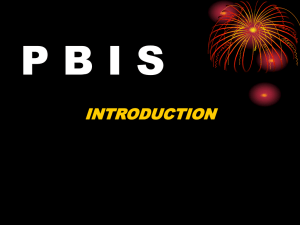Synthesis of Fall 2013 Course Assessment Feedback
advertisement
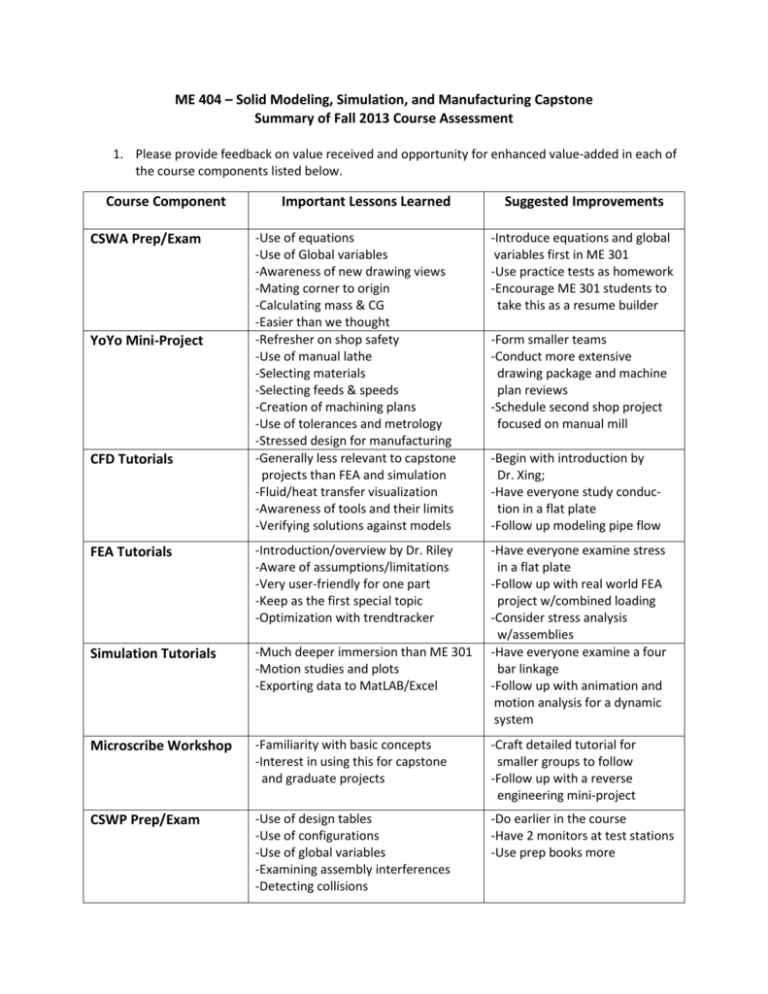
ME 404 – Solid Modeling, Simulation, and Manufacturing Capstone Summary of Fall 2013 Course Assessment 1. Please provide feedback on value received and opportunity for enhanced value-added in each of the course components listed below. Course Component Important Lessons Learned Suggested Improvements -Use of equations -Use of Global variables -Awareness of new drawing views -Mating corner to origin -Calculating mass & CG -Easier than we thought -Refresher on shop safety -Use of manual lathe -Selecting materials -Selecting feeds & speeds -Creation of machining plans -Use of tolerances and metrology -Stressed design for manufacturing -Generally less relevant to capstone projects than FEA and simulation -Fluid/heat transfer visualization -Awareness of tools and their limits -Verifying solutions against models -Introduce equations and global variables first in ME 301 -Use practice tests as homework -Encourage ME 301 students to take this as a resume builder FEA Tutorials -Introduction/overview by Dr. Riley -Aware of assumptions/limitations -Very user-friendly for one part -Keep as the first special topic -Optimization with trendtracker Simulation Tutorials -Much deeper immersion than ME 301 -Motion studies and plots -Exporting data to MatLAB/Excel -Have everyone examine stress in a flat plate -Follow up with real world FEA project w/combined loading -Consider stress analysis w/assemblies -Have everyone examine a four bar linkage -Follow up with animation and motion analysis for a dynamic system Microscribe Workshop -Familiarity with basic concepts -Interest in using this for capstone and graduate projects -Craft detailed tutorial for smaller groups to follow -Follow up with a reverse engineering mini-project CSWP Prep/Exam -Use of design tables -Use of configurations -Use of global variables -Examining assembly interferences -Detecting collisions -Do earlier in the course -Have 2 monitors at test stations -Use prep books more CSWA Prep/Exam YoYo Mini-Project CFD Tutorials -Form smaller teams -Conduct more extensive drawing package and machine plan reviews -Schedule second shop project focused on manual mill -Begin with introduction by Dr. Xing; -Have everyone study conduction in a flat plate -Follow up modeling pipe flow 2. Knowing what we know now about the CSWA exam, what class activities/homework are needed during the first 3-4 class periods so that all students can complete this exam by the start of the third week of class? Are there specific part or assembly models that you would recommend that future students explore? Attach examples and website addresses that you would recommend. Watch all the Solid Professor videos from the CSWA prep section Boost confidence by using timed practice exams Familiarize students with the ‘measure tool’ Conduct class discussion about different drawing views and their purpose Emphasize use of equations for parametric modeling Make deadline urgent (right from the start of class) 3. What are the central topics in the CSWP exam? What class activities/homework are needed during the first half of the semester so that all students are prepared to complete the CSWP exam by the start of November? Are there specific part or assembly models that you would recommend? Attach examples and website addresses that you are aware of. Design tables Global variables Rollback bar Width mate Complex part modeling (with speed and accuracy) Replacing components in assemblies Detecting assembly interferences Take practice exams under time constraints Thoroughly exploit prep books and SW help menu Wrap exam costs into course packet (maybe with a group discount) Use Solid Professor sample exam Advise students to take segment 2 first, segment 3 second, and segment 1 last 4. Which of the SW tutorials developed your classmates most interest you? What class activities/homework do you recommend we use in helping future students explore these? What CFD, FEA, and Simulation topics would you like to explore in more detail? FEA(stress in a plate); CFD(flat plate conduction); Simulation(4-bar linkage) Kinematic simulation of microbaja suspension Continue to accommodate wide range of student interests (freedom to explore diverse topics) Common assignments should be based on practical examples from real capstone projects Continue to test-drive/refine/expand the core set of advanced SW tutorials we created this term 5. Rank your interest in receiving shop training and engaging in course projects that involve the following equipment/software. __H__ MasterCAM __H__ CNC Mill __M__ Metrology Equipment __M__ 3D Printer __M__ CNC Lathe __L__ Welding
